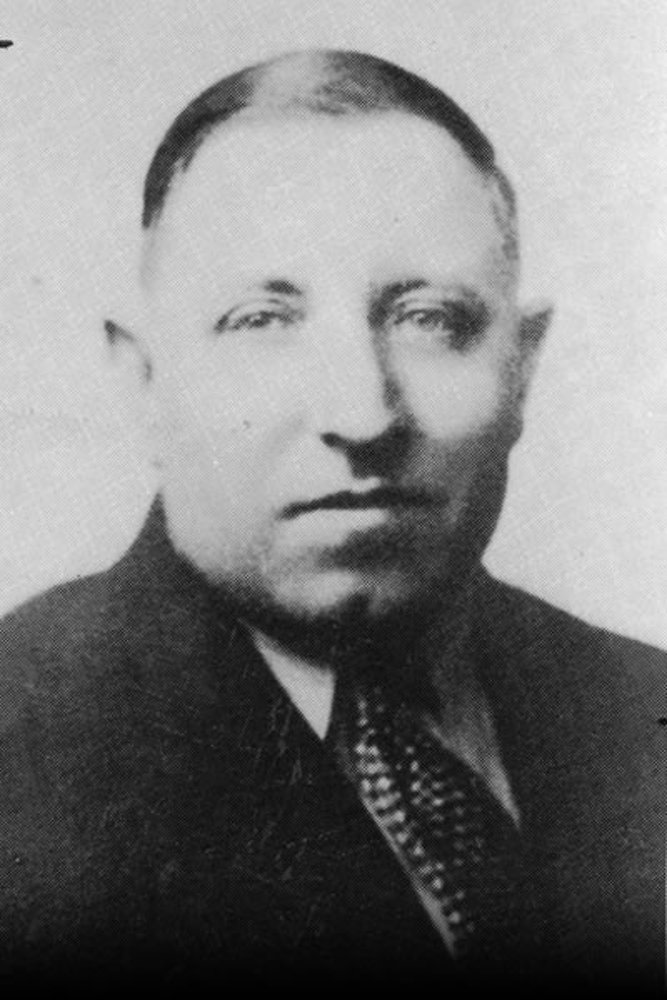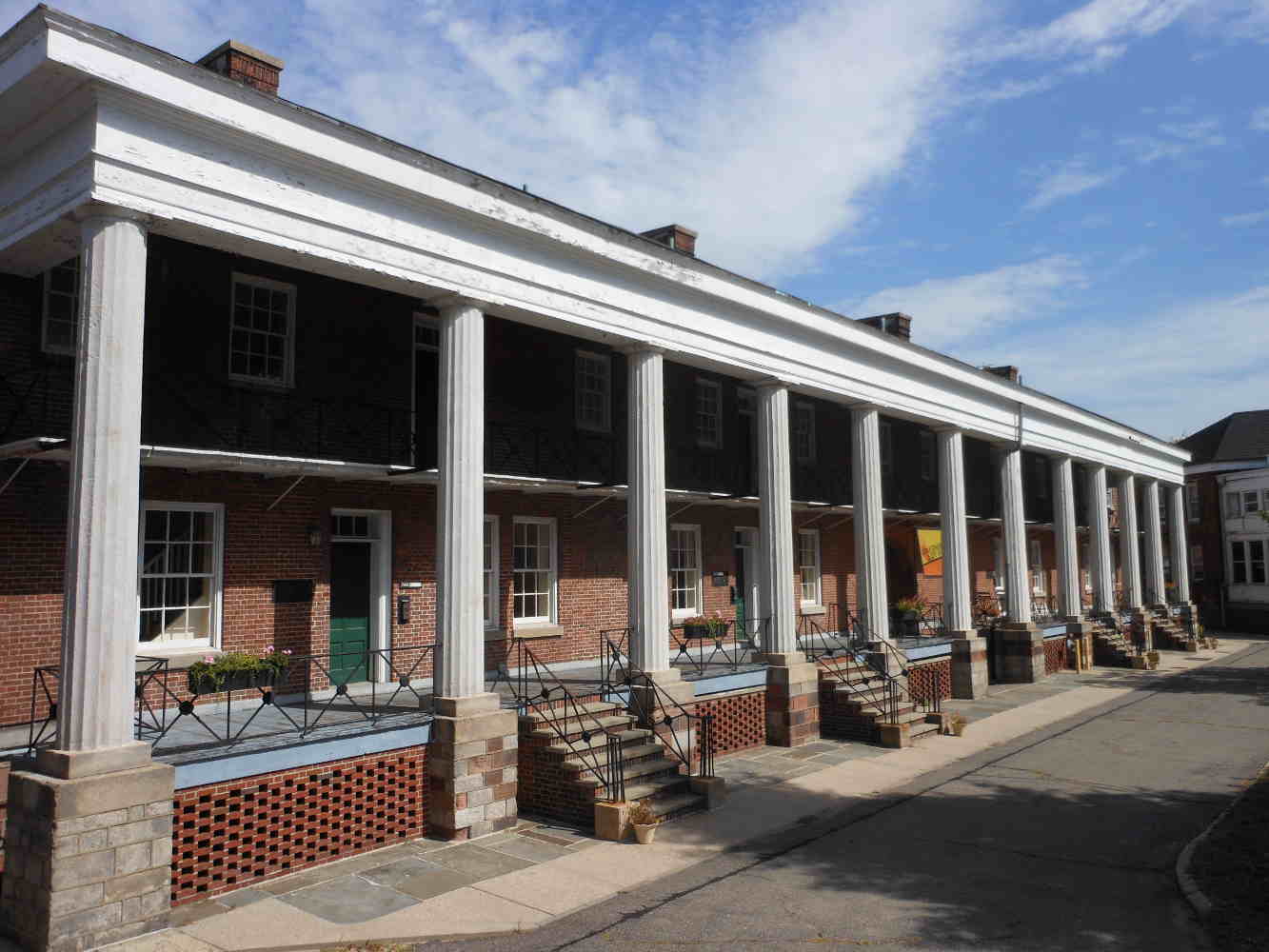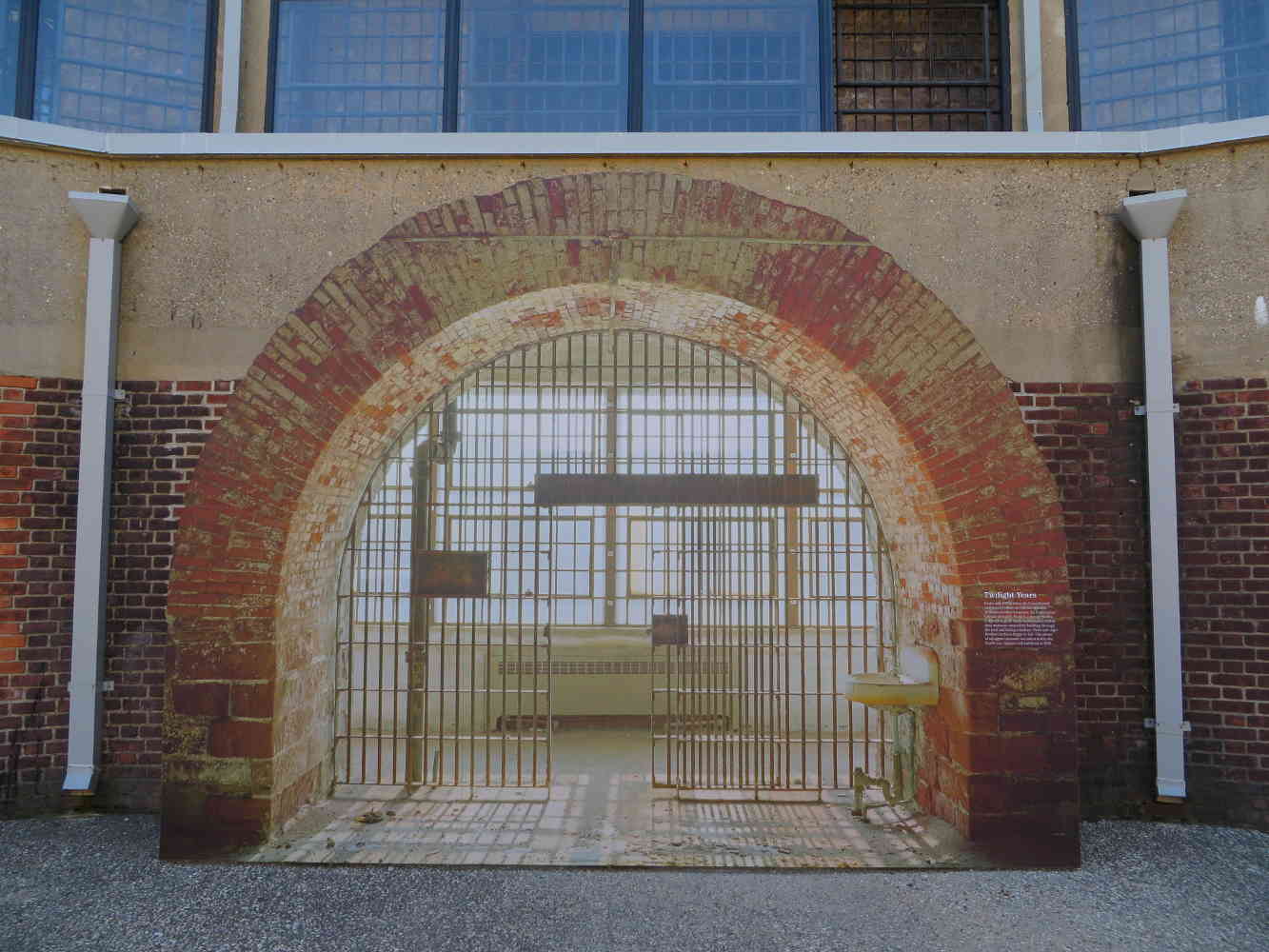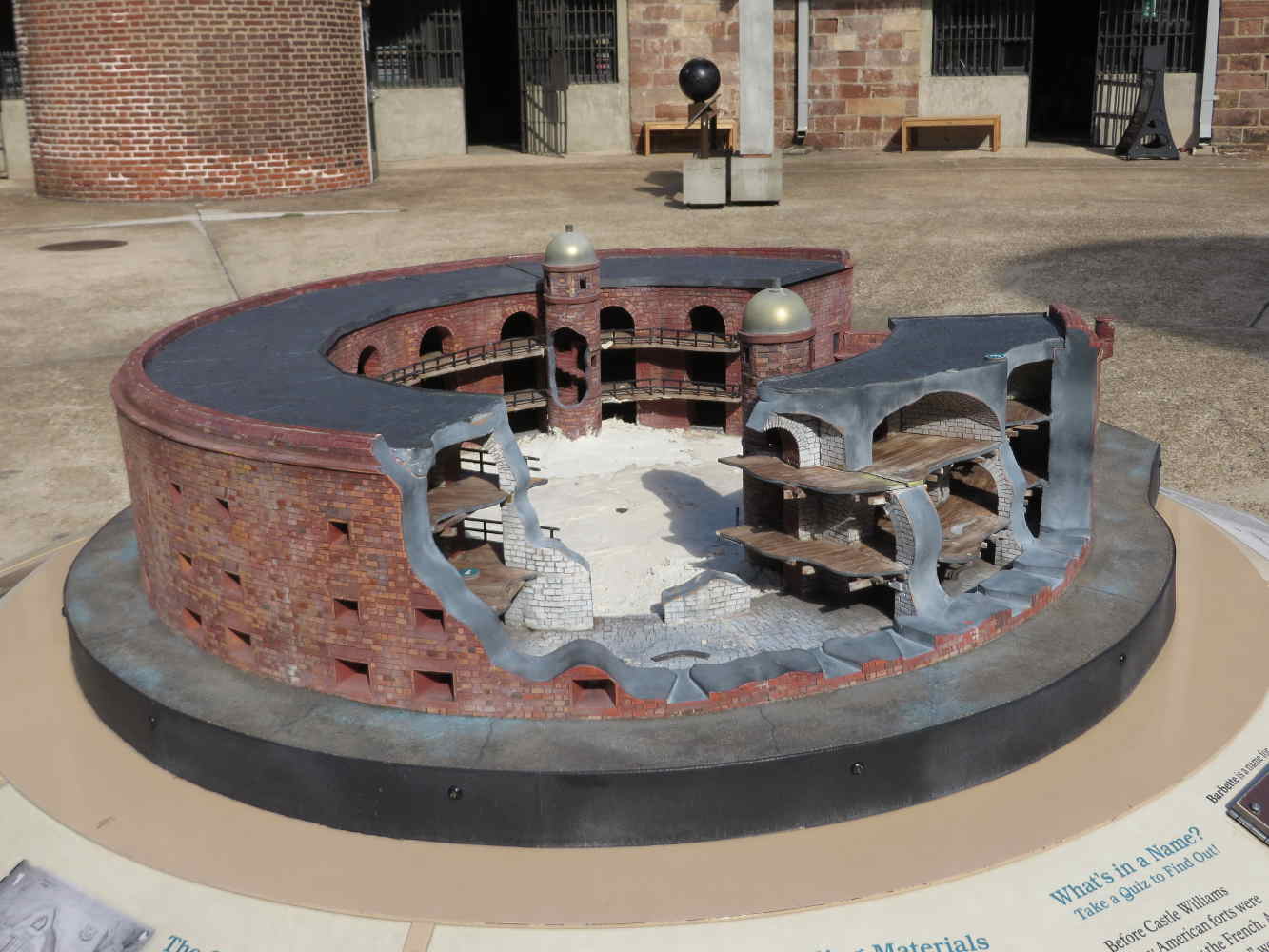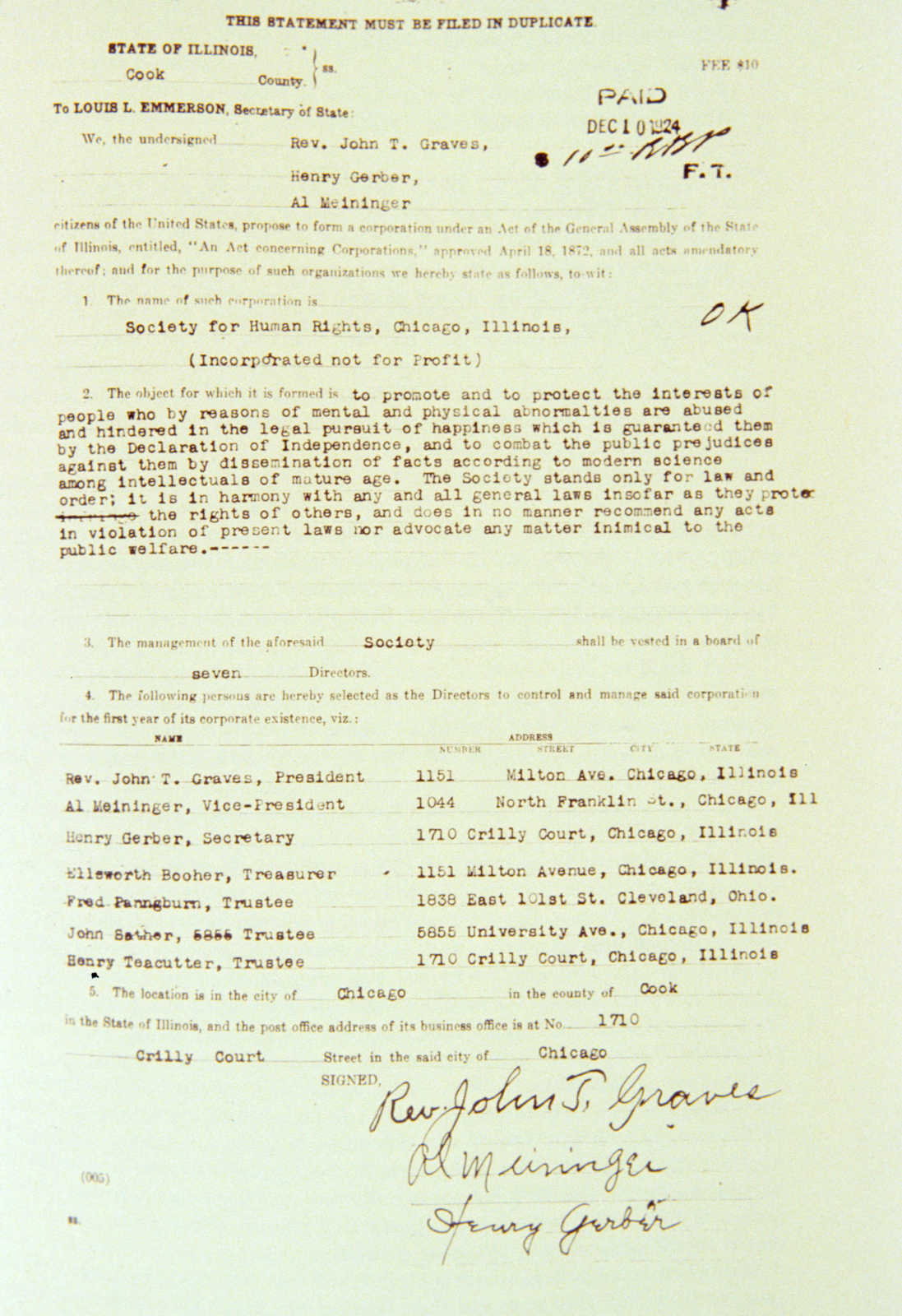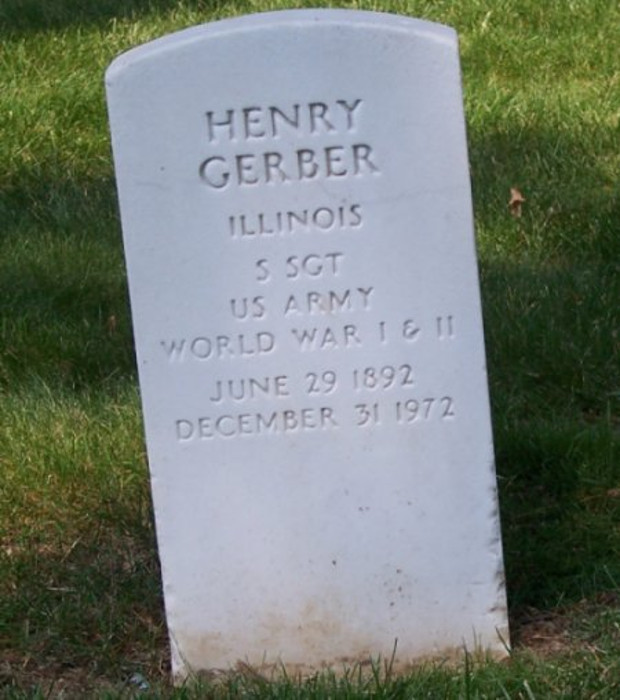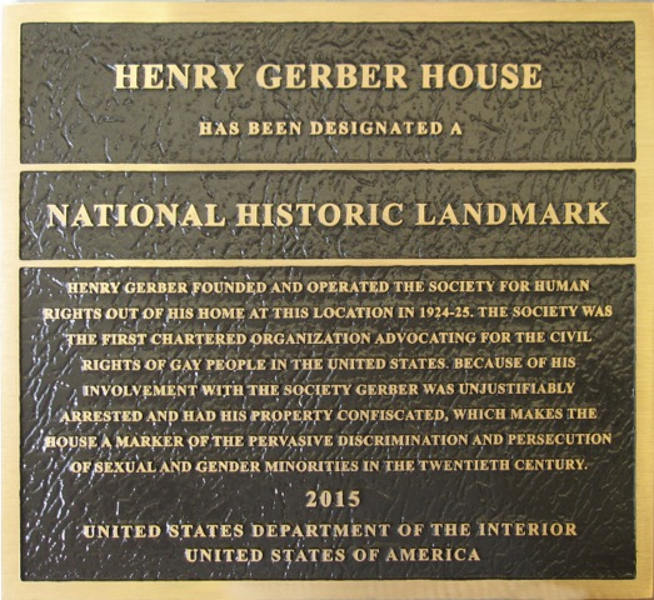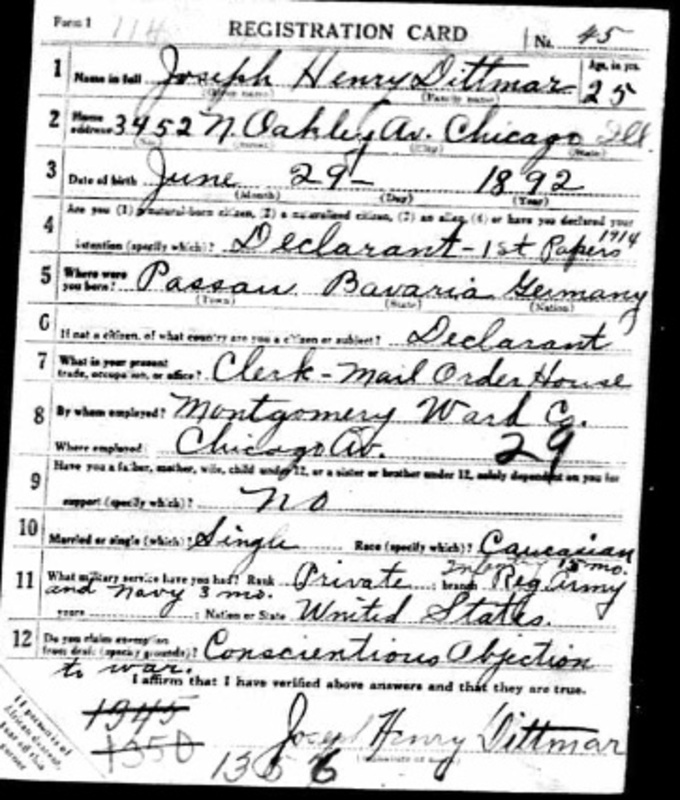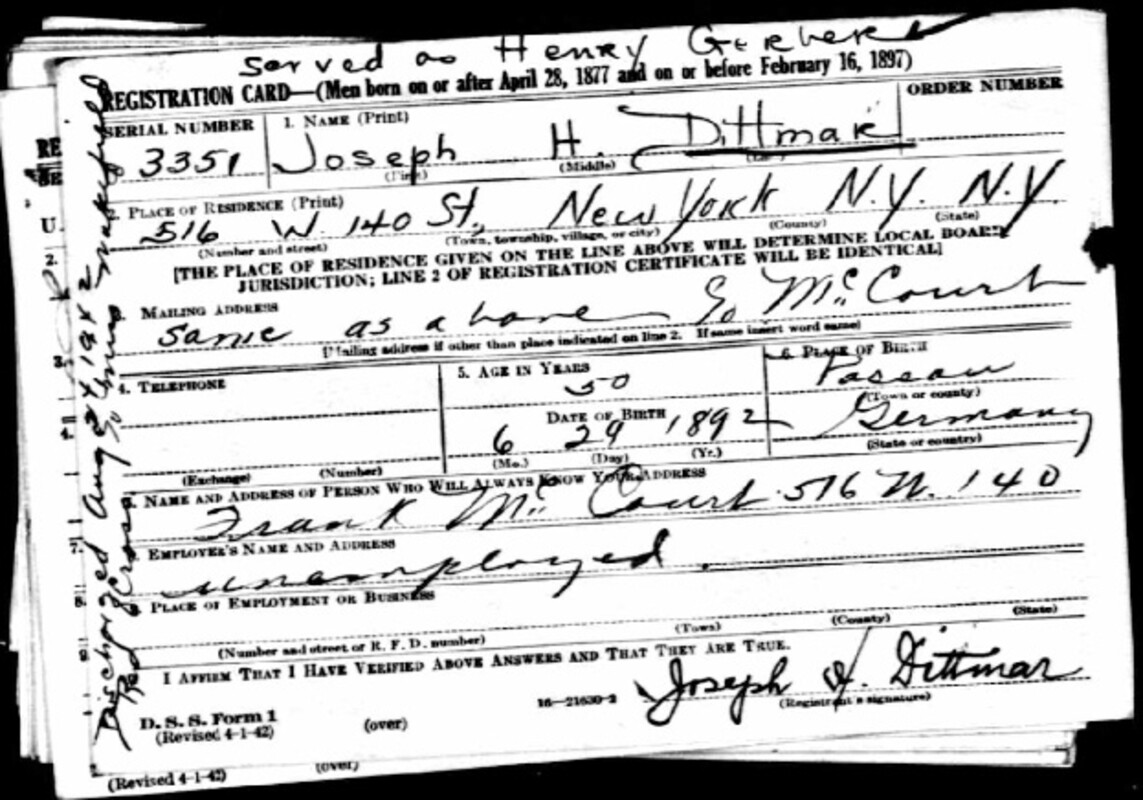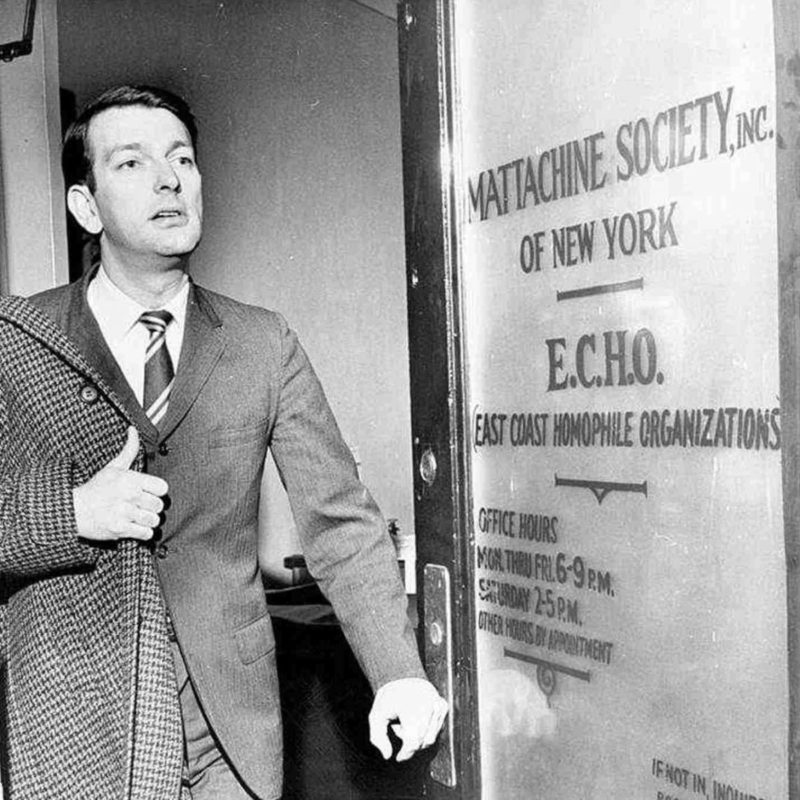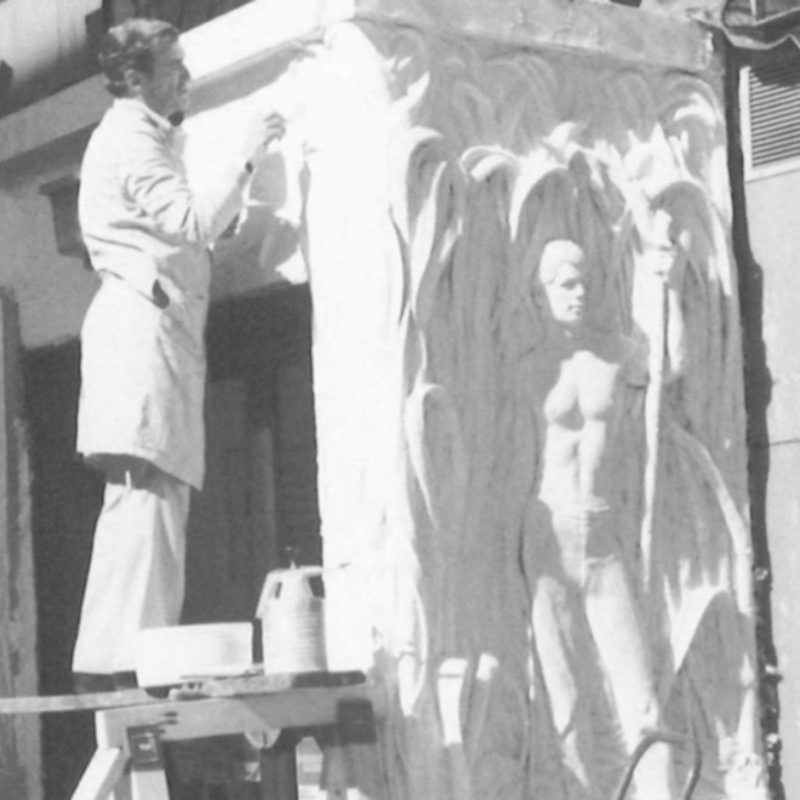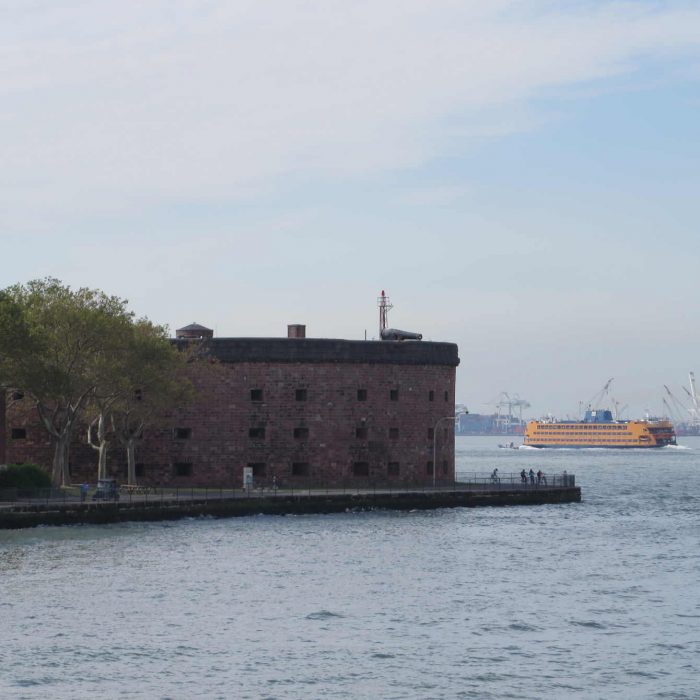
Henry Gerber on Governors Island
overview
Early gay rights activist Henry Gerber lived on Governors Island from the late 1920s to 1945 as a member of the United States Army.
In 1924, Gerber had founded the Society for Human Rights, the first American LGBT rights organization, while living in Chicago.
History
Bavarian-born Josef Henry Dittmar (1892-1972) immigrated to the U.S. at age 21, and first realized his homosexuality after several personal encounters while hitchhiking in the Midwest. After settling in Joliet, Illinois, he enlisted in 1914 and served in the Army infantry and briefly in the Navy. He moved to Chicago and worked for Montgomery Ward, the mail-order business. On his draft registration in 1917 he was listed as a conscientious objector to war, and he was interned for a time as a resident alien.
After changing his name to Henry Gerber, he served as a soldier in the American Army of Occupation in Germany following World War I, from 1919 to 1923. While there, he came in contact with the German “homophile” rights movement – through Magnus Hirschfeld’s pioneering Scientific Humanitarian Society and Institute for Sexual Science in Berlin, and by magazines and Berlin’s nightlife.
Back in Chicago, Gerber founded the first American LGBT rights organization, the Society for Human Rights, which was granted a state charter as an incorporated not-for-profit organization in December 1924. The small group never had more than a dozen members. Its newsletter was Friendship and Freedom. The Society for Human Rights disbanded due to Gerber’s arrest after publication of its second newsletter in 1925, and although he was acquitted, he lost his post office job. Disillusioned by his Chicago acquaintances, and abandoning his idea of organizing homosexuals, Gerber moved to New York in 1925.
He re-enlisted in the Army, and was posted at Fort Jay on Governors Island, where he worked for 17 years as a proofreader. From 1930 to 1939, Gerber took over and expanded a national, mostly heterosexual pen-pals club called Contacts, that also served as a significant and relatively safe way for gay men to connect in this era. Gerber wrote essays for a number of German gay publications, and in 1932 was a very early writer to articulate the view that gay men were not sinful, criminal, or neurotic. While on Governors Island he was subject to harassment, including beatings and blackmail, because he was gay. Gerber also kept an apartment in Greenwich Village on East 11th Street, and later on York Avenue near East 83rd Street.
During World War II, Army intelligence searched Gerber’s lodging on Governors Island and held a discharge hearing at which a psychologist determined that he was “not a homosexual.”
I nearly fell over the chair. Imagine me fighting all my life for our cause and then being told I was not a homosexual!
He spent several weeks held in the guardhouse at Castle Williams, and was honorably discharged in August 1942. Gerber then moved to Washington, D.C., where he lived at the U.S. Soldiers’ Home. He worked for the rest of his life on a never-published book that described and traced the roots of the country’s sex laws. He was an early supporter of the Washington chapter of the Mattachine Society in 1956, but dropped out soon after.
Entry by Jay Shockley, project director (March 2017; last revised April 2025).
NOTE: Names above in bold indicate LGBT people.
Building Information
- Architect or Builder: Unknown (Fort Jay); Lieutenant Colonel Jonathan Williams (Castle Williams)
- Year Built: 1796 (Fort Jay); 1807-11 (Castle Williams)
Sources
Christopher D. Brazee, Gale Harris, and Jay Shockley, “150 Years of LGBT History,” New York City Landmarks Preservation Commission (June 2014).
Daniel Hurewitz, Stepping Out: Nine Walks Through New York City’s Gay and Lesbian Past (New York: Henry Holt & Co., 1997).
“Henry Gerber,” Ancestry.com.
“Henry Gerber,” National Park Service, bit.ly/2fX3zIw.
James T. Sears, Behind the Mask of the Mattachine: The Hal Call Chronicles and the Early Movement for Homosexual Emancipation (New York: Routledge, 2011). [source of pull quote]
St. Sukie de la Croix, “Henry Gerber: Ahead of His Time,” The Gay History Project, bit.ly/2g2SNj6.
Do you have more information about this site?
This project is enriched by your participation! Do you have your own images of this site? Or a story to share? Would you like to suggest a different historic site?
